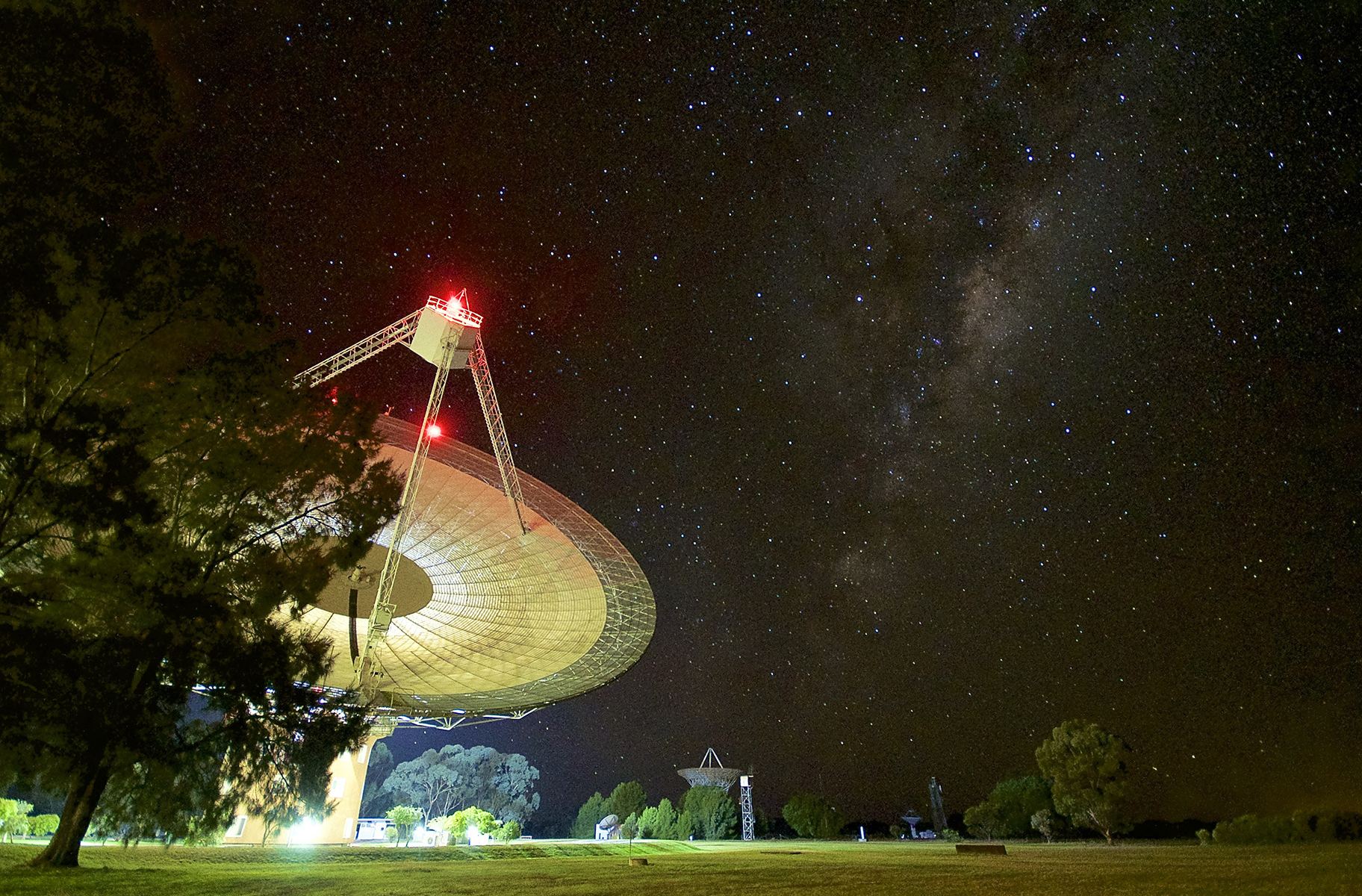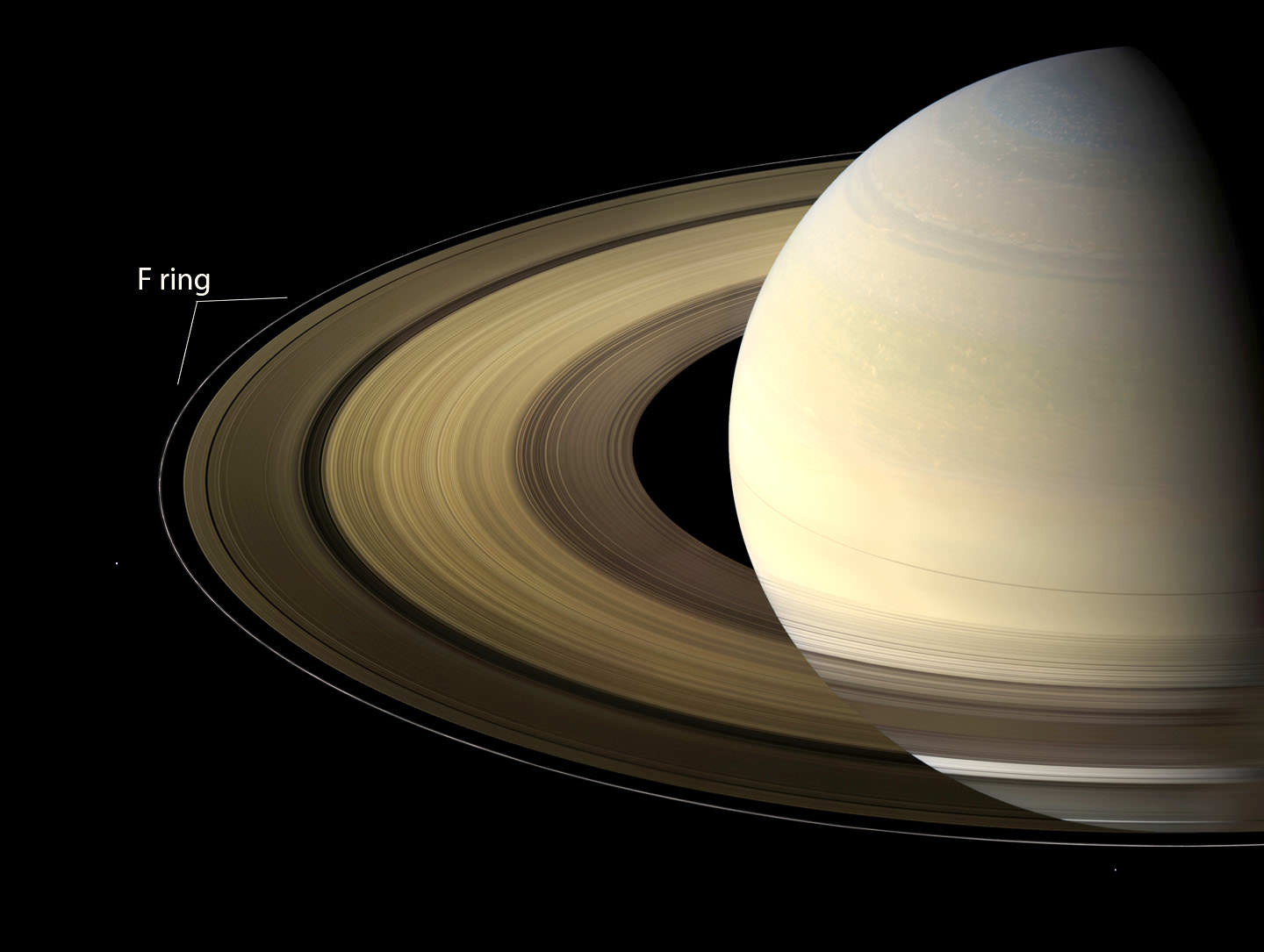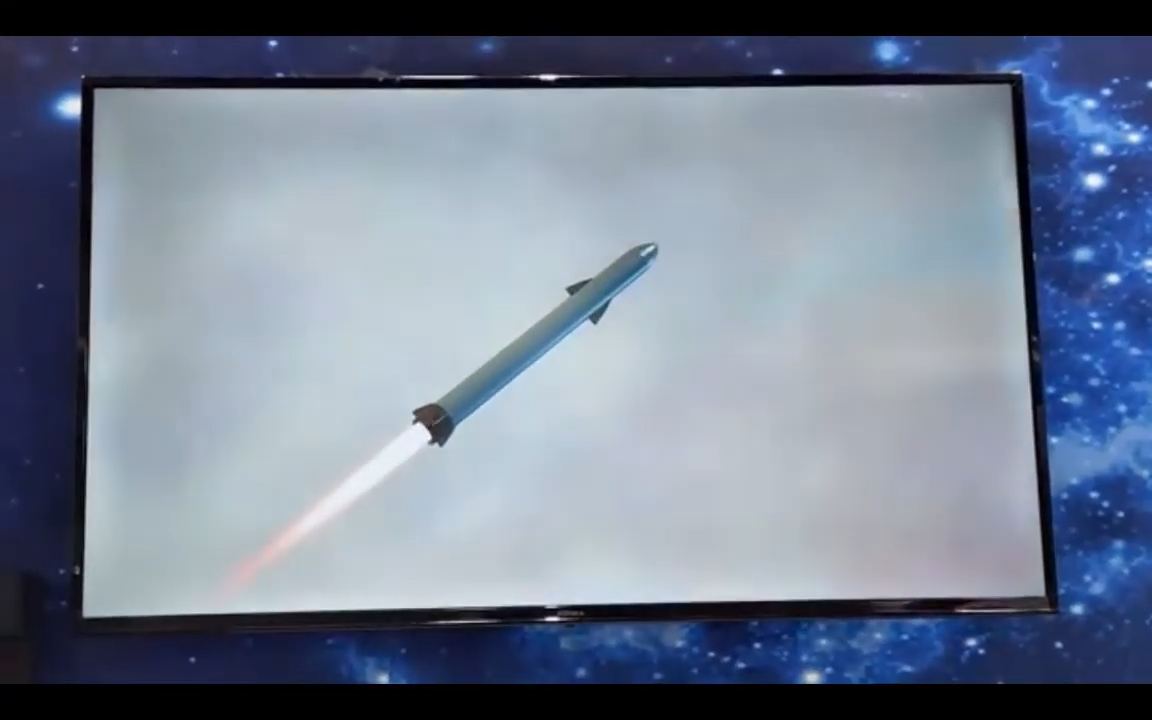On April 30th, 2021, the Ingenuity Mars Helicopter achieved yet another milestone and set new records with its fourth flight on Mars. This time around, the helicopter took off at 12:33 AM Mars Standard Time (10:49 AM EDT; 07:49 AM PDT) and ascended to an altitude of 5 meters (16 feet). It then traveled south for approximately 133 meters (436 feet) and then back in the space of about two minutes (117 seconds).
Continue reading “Mars Helicopter Completes its 4th Flight. 117 Seconds of Airtime”SpaceX’s SN15 Starship Prototype Nails It!
On the afternoon of May 5th, 2021, at 05:24 PM local time, SpaceX made its fifth attempt at a high-altitude test flight and soft landing with a Starship prototype. Given the outcomes of the previous test, this event had many people on the edge of their seats. In all four attempts, the prototypes managed to reach their maximum altitude and pull off the bellyflop maneuver, but then exploded during landing (or shortly thereafter).
Would the fifteenth iteration of the Starship prototype (SN15) succeed where the others had failed? As of 05:30 P.M. local time (06:30 P.M. EDT; 03:30 P.M. PDT), the answer to that question is, “WITH GUSTO!” On their fifth attempt, the SN15 not only managed to reach its target altitude of 10 km (6.2 mi) and pull off the belly-flop and controlled descent, it also stuck the landing and suffered no mishaps afterward.
In other words, COMPLETE SUCCESS!
Continue reading “SpaceX’s SN15 Starship Prototype Nails It!”How Long is a Day on Venus? We Finally Know the Exact Answer

Venus, aka. Earth’s “Sister Planet,” has always been shrouded in mystery for astronomers. Despite being planet Earth’s closest neighbor, scientists remained ignorant of what Venus’ surface even looked like for well into the 20th century, thanks to its incredibly dense and opaque atmosphere. Even in the age of robotic space exploration, its surface has been all but inaccessible to probes and landers.
And so the mysteries of Venus have endured, not the least of which has to do with some of its most basic characteristics – like its internal mass distribution and variations in the length of a day. Thanks to observations conducted by a team led from UCLA, who repeatedly bounced radar off the planet’s surface for the past 15 years, scientists now know the precise length of a day on Venus, the tilt of its axis, and the size of its core.
Continue reading “How Long is a Day on Venus? We Finally Know the Exact Answer”Protests From Dynetics and Blue Origin put NASA’s Lunar Lander Award to SpaceX on Hold

Project Artemis, NASA’s long-awaited plan for sending astronauts to the Moon for the first time since the Apollo Era, has taken many steps forward. Aside from the development of the Space Launch System (SLS), the Orion spacecraft, and the elements that will make up the Lunar Gateway, NASA recently awarded SpaceX with the contract to build the Human Landing System (HLS) that will transport astronauts to the lunar surface.
However, this decision didn’t sit well with the other two companies NASA was also considering. These included Blue Origin, the commercial space company founded by Amazon founder and former CEO Jeff Bezos, and Alabama-based aerospace company Dynetics. After protests were filed by both companies, NASA decided to issue a stop-work order on the HLS award to SpaceX while it reviews the complaints.
Continue reading “Protests From Dynetics and Blue Origin put NASA’s Lunar Lander Award to SpaceX on Hold”Chinese Company Claims to be Working on a Starship-Like Rocket
Last weekend (April 24th), China celebrated its sixth “National Space Day” (aka. Aerospace Industry Achievement Exhibition) in Nanjing, an event that highlights advances China has made in space. Similar to Space Day that is held each year on the first Thursday in May (this year, it will be held on May 7th), the goal is to foster interest in space exploration and the STEMS so as to inspire the next generation of astronauts and aerospace engineers.
This year, the festivities focused on the Chang’e-5 mission (which showcased some of the lunar samples it brought back), and the name of China’s first Mars rover (Zhurong) – which will be landing on the Red Planet later this month. But another interesting snippet was a video presented by one of China’s main rocket manufacturers that showed demonstrated that they are working on a rocket similar to the Starship.
Continue reading “Chinese Company Claims to be Working on a Starship-Like Rocket”Mid-Latitude Glaciers on Mars Could Supply Water to Human Explorers

By Earth standards, the surface of Mars is the picture of desolation. It’s not only irradiated and cold enough to make Antarctica look balmy, but it’s also one-thousands times drier than the driest places on Earth. However, beneath the super-arid surface of the Red Planet, there are abundant supplies of water ice that could someday be accessible to human explorers (and even settlers).
This is especially the case in the mid-latitude region known as Arcadia Planitia, a smooth plain located in Martian northern lowlands. According to new research conducted with support from NASA’s Jet Propulsion Laboratory (JPL), the region shows signs of glaciers and glacier activity. These findings could prove very useful for the future human landings and exploration of Mars, not to mention potential settlement.
Continue reading “Mid-Latitude Glaciers on Mars Could Supply Water to Human Explorers”Ingenuity Completes a Huge 50-Meter Flight on Mars

On Feb. 18th, 2021, the Perseverance rover landed on Mars carrying the most advanced scientific instruments ever sent to another planet. It also carried experiments designed to push the envelope of exploration and help pave the way for crewed missions to Mars. This includes the Ingenuity Mars Helicopter, an experimental flight system designed to see if aerial systems can operate in the Martian atmosphere.
After making its inaugural flight on April 19th, Ingenuity has taken to the air twice more and set many records in the process. During its most recent test flight (which took place on the morning of April 25th), the helicopter flew farther and faster than ever before. All told, the helicopter covered a distance of 50 meters (164 feet) in 80 seconds, reaching a top speed of 2 m/s (6.6 feet per second) or 7.2 km/hour (4.5 mph).
Continue reading “Ingenuity Completes a Huge 50-Meter Flight on Mars”We Could Detect Alien Civilizations Through Their Interstellar Quantum Communication

Since the mid-20th century, scientists have been looking for evidence of intelligent life beyond our Solar System. For much of that time, scientists who are engaged in the search for extraterrestrial intelligence (SETI) have relied on radio astronomy surveys to search for signs of technological activity (aka. “technosignatures“). With 4,375 exoplanets confirmed (and counting!) even greater efforts are expected to happen in the near future.
In anticipation of these efforts, researchers have been considering other possible technosignatures that we should be on the lookout for. According to Michael Hippke, a visiting scholar at the UC Berkeley SETI Research Center, the search should also be expanded to include quantum communication. In an age where quantum computing and related technologies are nearing fruition, it makes sense to look for signs of them elsewhere.
Continue reading “We Could Detect Alien Civilizations Through Their Interstellar Quantum Communication”Animation Shows how Saturn’s Rings Move at Different Speeds

Saturn’s rings are one of the most recognized and revered celestial objects known to the human race. From a distance, they look like a disk of layered crystal or multicolored disks within disks that wrap around Saturn’s hazy umber face. When viewed up close, we see that these rings are actually particles of water ice (from microns to icebergs), as well as silicates, carbon dioxide, and ammonia.
We would also noticed that the rings have some interesting orbital mechanics. In fact, each ring has a different orbit that is the result of its proximity to Saturn (i.e., the closer they are, the faster they orbit). To illustrate what this complex system look like, NASA Fellow Dr. James O’Donoghue created a stunning animation that shows how each of Saturn’s major ring segments (A-Ring to F-Ring) orbit together around the planet.
Continue reading “Animation Shows how Saturn’s Rings Move at Different Speeds”A Recent Megaflare Shows that Proxima Centauri is not a Nice Place to Live

Proxima b, the closest exoplanet to our Solar System, has been a focal point of scientific study since it was first confirmed (in 2016). This terrestrial planet (aka. rocky) orbits Proxima Centauri, an M-type (red dwarf) star located 4.2 light-years beyond our Solar System – and is a part of the Alpha Centauri system. In addition to its proximity and rocky composition, it is also located within its parent star’s habitable zone (HZ).
Until a mission can be sent to this planet (such as Breakthrough Starshot), astrobiologists are forced to postulate about the possibility that life could exist there. Unfortunately, an international campaign that monitored Proxima Centauri for months using nine space- and ground-based telescopes recently spotted an extreme flare coming from the star, one which would have rendered Proxima b uninhabitable.
Continue reading “A Recent Megaflare Shows that Proxima Centauri is not a Nice Place to Live”


